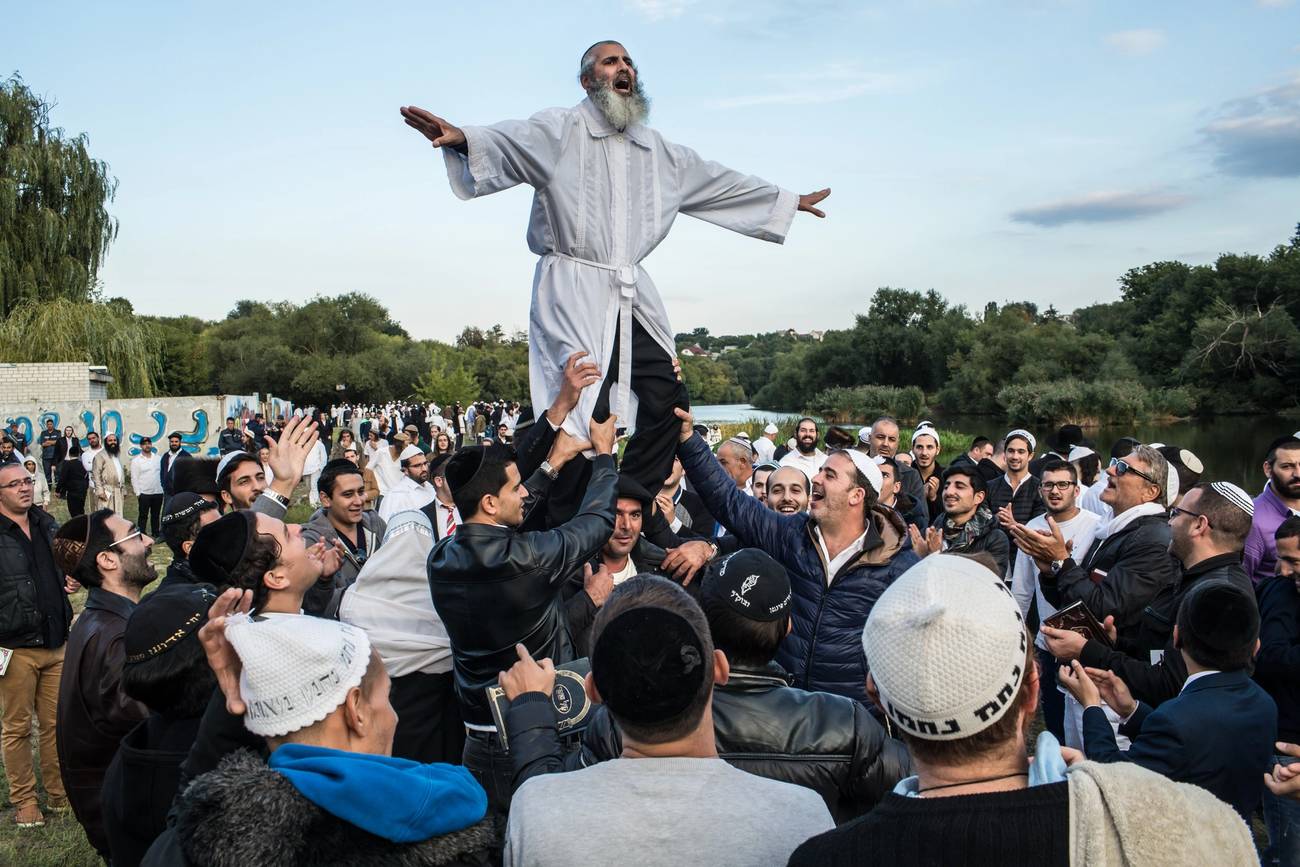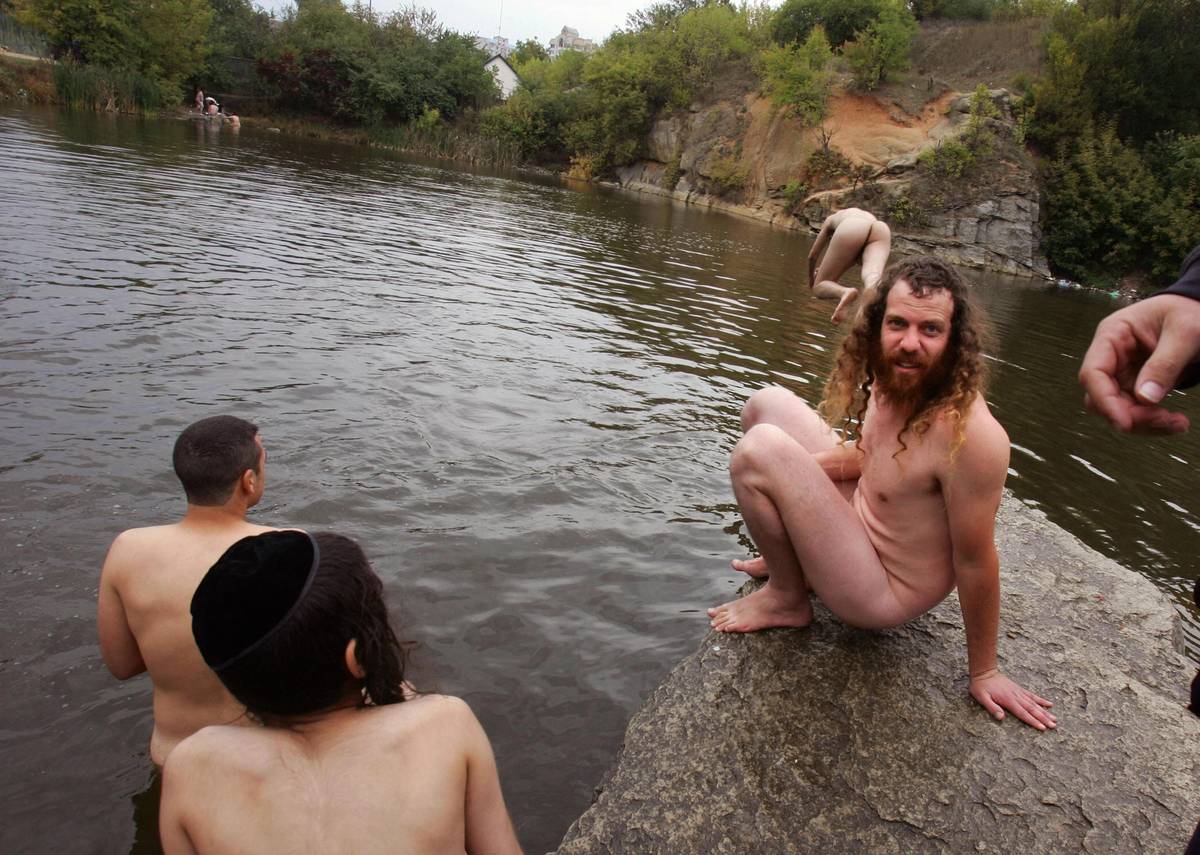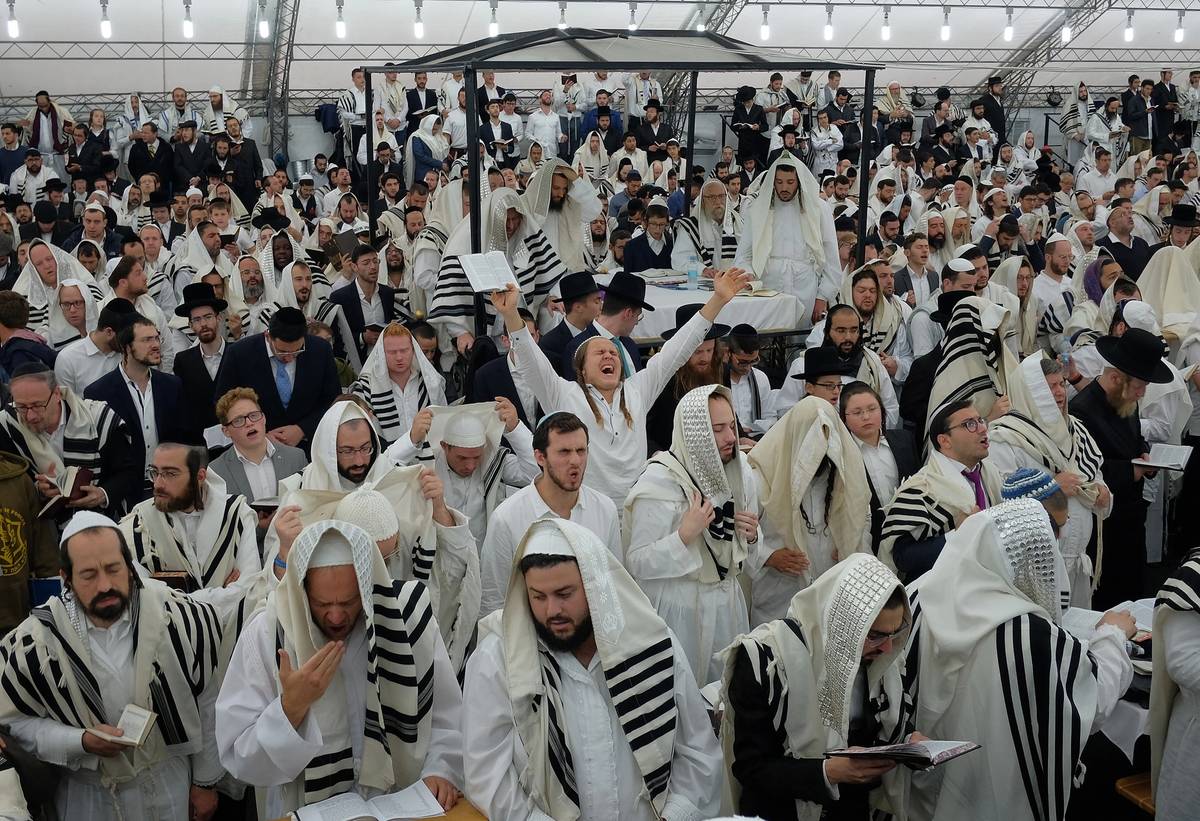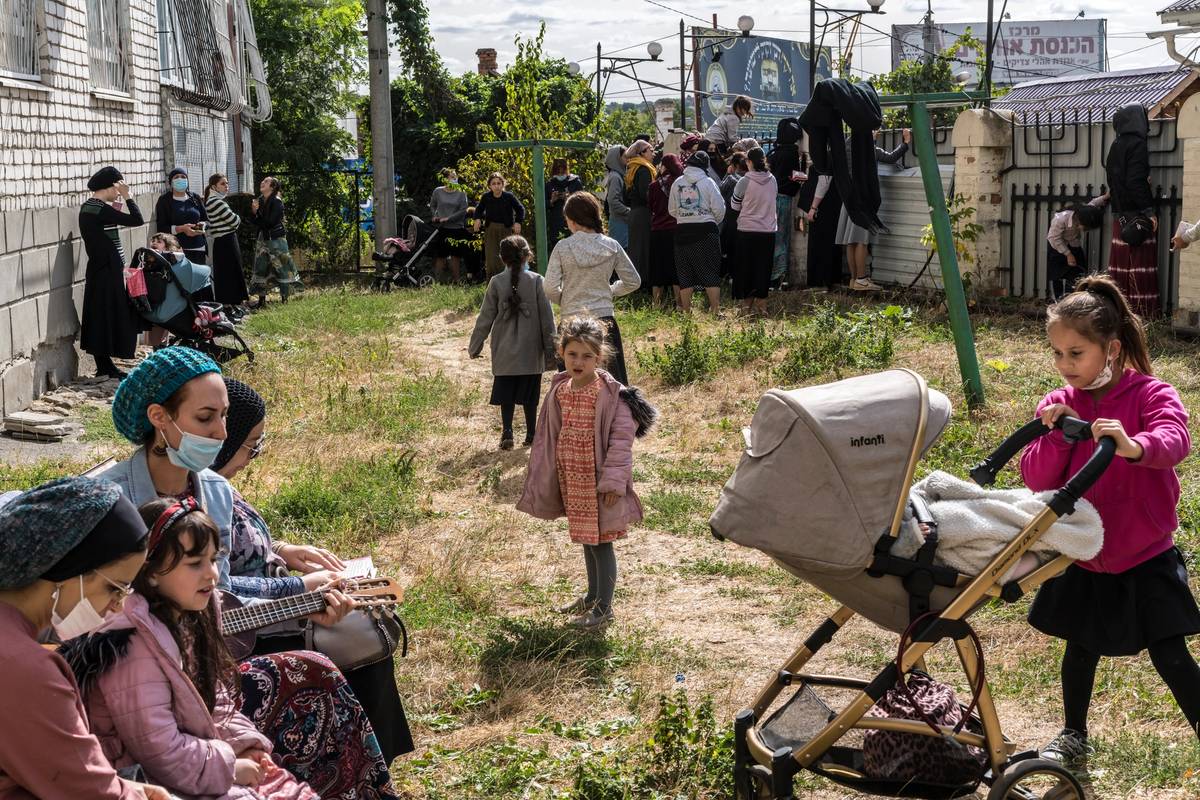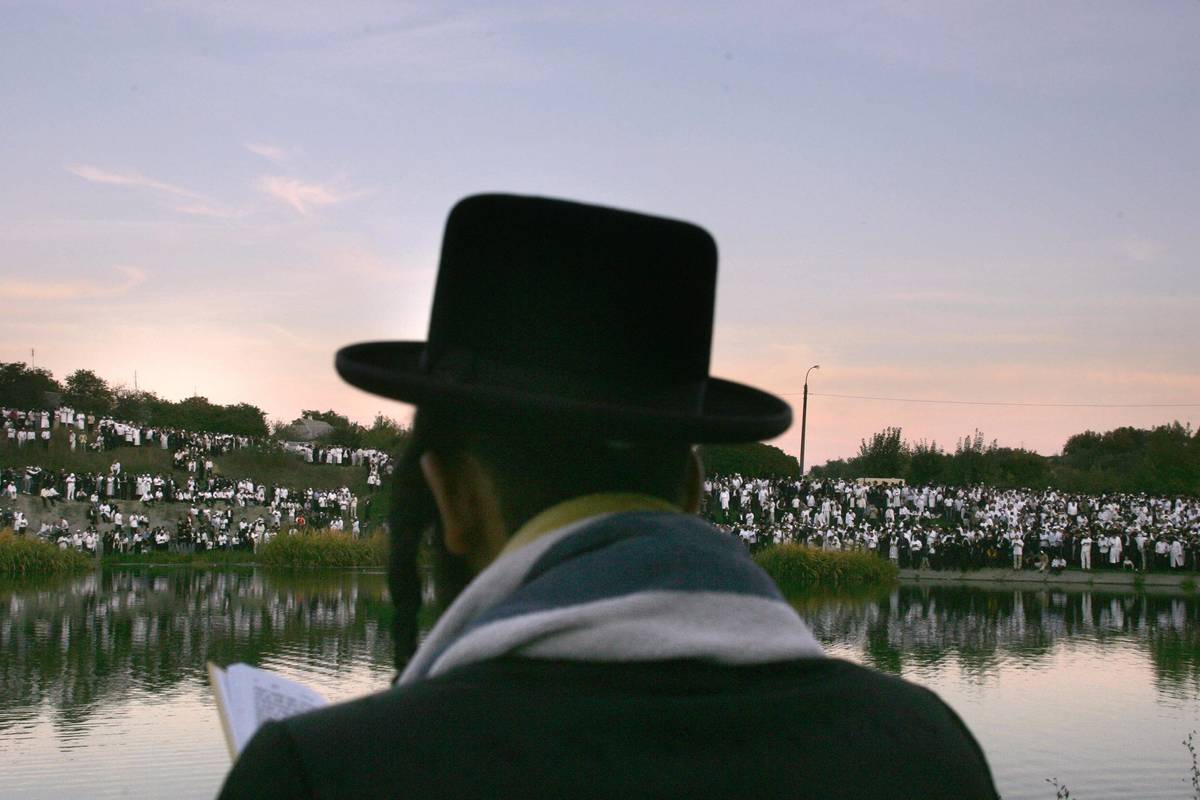 Jak Amerykanie przekazali bombę atomową Stalinowi
Jak Amerykanie przekazali bombę atomową Stalinowi
Hubert Kozieł
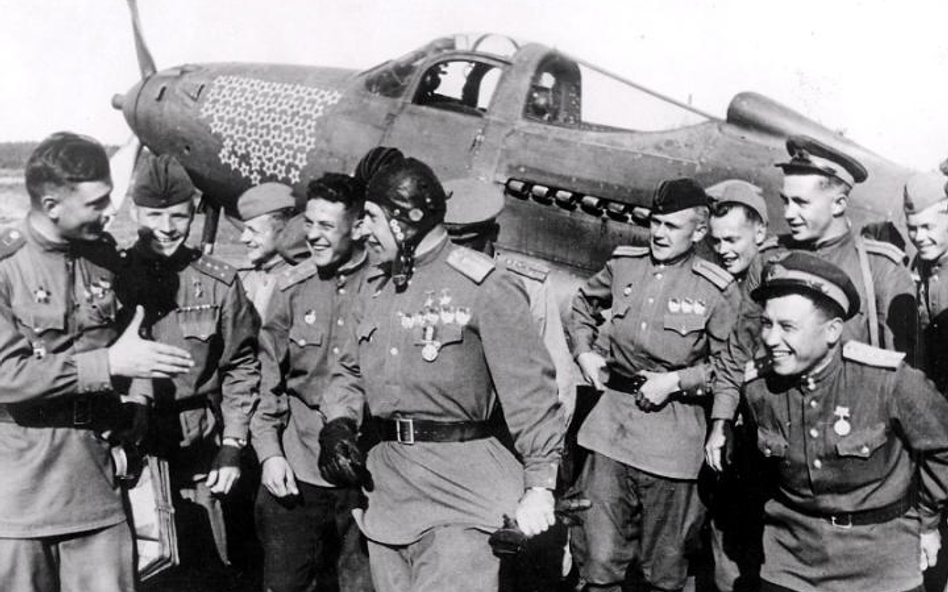
Ta historia zaczęła się w maju 1942 r. na lotnisku Newark. „Wypożyczony” sowieckiemu lotnictwu w ramach programu Lend-Lease (amerykańskiej wojennej pomocy materiałowej dla państw sprzymierzonych) bombowiec A-20 Havoc, czekający na transport do Murmańska, został lekko uszkodzony przez kołujący samolot pasażerski linii lotniczych American Airlines. Uszkodzenia były nieznaczne i można je było szybko naprawić na miejscu. Pułkownik Anatolij Kotikow, bohater Związku Sowieckiego (wybitny pilot nazywany „sowieckim Lindberghiem”) i zarazem szef sowieckiej misji na Newark, był jednak wściekły. Łamanym angielskim domagał się od kapitana George’a Jordana, by zadośćuczynić tę „zniewagę radzieckiego lotnictwa”. Najpierw sugerował, by zastrzelić pilota DC-3, a później, by wyrzucić cywilne linie lotnicze z lotniska Newark. Jordan oponował, że to niemożliwe. Tu jest Ameryka i prywatni przewoźnicy mają prawo korzystać z tego lotniska. „Chcecie, żebym wezwał tu pana Hopkinsa? Pan Hopkins to załatwi” – stwierdził Kotikow i poprosił o możliwość zatelefonowania do ambasady sowieckiej. Niecały miesiąc później nadszedł z Waszyngtonu rozkaz zabraniający cywilnym liniom lotniczym do końca wojny korzystać z lotniska Newark. Okazało się, że na wydanie takiego polecenia naciskał Harry Hopkins, najbliższy doradca prezydenta Franklina Roosevelta.
To wydarzenie wstrząsnęło kapitanem Jordanem. „Właśnie wtedy coś mnie tknęło, że pewnego dnia ktoś zechce przeprowadzić śledztwo w sprawie Lend-Lease i związanych z nim Rosjan” – wspominał Jordan. Zaczął więc prowadzić pamiętnik, w którym dokładnie spisywał swoje doświadczenia w relacjach z Sowietami oraz wszystko to, co im wysyłano. Początkowo pracował przy organizacji transportów Lend-Lease na lotnisku w Newark, a później na lotnisku Gore Field pod Great Falls w Montanie, które stanowiło ważny przystanek na trasie lotniczego korytarza transportowego ALSIB prowadzącego przez Alaskę na Syberię. Pomagał słabo znającym angielski sowieckim oficerom w papierkowej robocie oraz w składaniu zamówień w fabrykach. Nawiązał z nimi tak serdeczne stosunki, że Kotikow wyprosił kanałami dyplomatycznymi, by awansować Jordana na majora. W ten sposób stał się świadkiem szokujących zdarzeń rzucających nowe światło na początki zimnej wojny.
Proszek do bomby
Sowieci dostawali w ramach Lend-Lease niemal wszystko. Od konserw z mielonką, poprzez ciężarówki, czołgi, lokomotywy, myśliwce i okręty, po plany konstrukcyjne chicagowskich wieżowców. Mocno domagali się m.in. silników dieslowskich dla okrętów podwodnych. W początkowym okresie programu dostali ich 25, ale gen. John Deane, szef amerykańskiej misji wojskowej w Moskwie, odrzucił ich prośbę o więcej, argumentując to priorytetem potrzeb US Navy. Sowieci zwrócili się wówczas o pomoc do Hopkinsa. Doradca prezydenta wymógł zniesienie blokady na dostawy tych silników. W latach 1942–1944 dostarczono ich łącznie Sowietom 1305. Generał Deane widział później, jak leżały pod gołym niebem i rdzewiały.
Do Związku Sowieckiego wysyłano też ładunki, które nie miały większego zastosowania w „konwencjonalnym” przemyśle zbrojeniowym. Przykładem na to jest zdarzenie z czerwca 1943 r. Kotikow powiadomił wówczas Jordana o tym, że do Great Falls zostanie wysłany duży transport eksperymentalnych chemikaliów i że zadzwoni w tej sprawie „pan Hopkins”. Hopkins rzeczywiście zadzwonił do majora Jordana i polecił mu, by szybko wysłał ten transport do Rosji, „bez umieszczania tej sprawy w aktach”. Kotikow, uznając, że Jordan to „swój człowiek”, pokazał mu dokument zatytułowany „Bomba proszkowa”. Wskazał na widniejące w nim słowo „uran”. „Powtarzam raz jeszcze, że w roku 1943, zarówno dla mnie, jak i dla większości Amerykanów słowo to nic nie znaczyło” – napisał Jordan w swoich wspomnieniach.
Ładunek przyjechał 10 czerwca pociągiem z Toronto. Składał się z 15 drewnianych skrzyń, które poleciały przez Alaskę na Syberię. W trakcie międzylądowania w Fairbanks jedna ze skrzyń została uszkodzona i wysypał się z niej proszek w kolorze czekoladowym. Będący na pokładzie porucznik Ben Brown opisał siedem lat później, że gdy wziął do ręki ten dziwny piasek, sowiecki oficer podbiegł do niego, wytrącił mu ten proch z rąk i krzyknął: „Nie, nie, to może spalić ręce!”.
W 1949 r. wyszło na jaw, że w latach 1943–1944 amerykańskie agencje rządowe wysłały do ZSRR trzy ładunki związków uranu ważące łącznie 664,5 kg.
Dwa pierwsze były transportowane w marcu i czerwcu 1943 r. drogą powietrzną do ZSRR, a trzeci w czerwcu 1944 r. drogą morską do Władywostoku. Związki te zostały wyprodukowane w USA, ale były skierowane najpierw do kanadyjskich pośredników, zanim dostarczono je do Sowietów. „Potwierdzono także wysyłkę około jednego kilograma, to jest 2,2 funta, metalicznego uranu, w czasie gdy całkowity amerykański jego zapas wynosił zaledwie 4,5 funta. W operację tę zamieszany był zarząd Lend-Lease, Departament Handlu, Wydział Dostaw Departamentu Skarbu i Rada Ekonomiczna ds. Działań Wojennych. Wmieszany w to był również Departament Stanu, który odmówił wglądu w akta operacji Lend-Lease i jej następczyni Agencji Ekonomii Zagranicznej” – pisał major Jordan.
Sowieci wykazywali dużo większy apetyt na uran. Komisja ds. Zakupów Rządu Związku Sowieckiego starała się pozyskać jeszcze 8,5 tony tlenku uranu oraz azotanu uranu, a także 11,3 kg metalicznego uranu. Sekretarz wojny Henry Stimson zdusił jednak te próby w 1944 r. Co można było zrobić z taką ilością związków uranu? Metalurdzy szacowali później, że z 664,5 kg tego proszku można było wyprodukować 2,83 kg uranu U235 nadającego się do przeprowadzenia reakcji jądrowych. 2 kg tego izotopu wystarczyłoby do stworzenia bomby atomowej.
Major Jordan skrupulatnie zapisywał, jakie substancje trafiały do Związku Sowieckiego poprzez Lend-Lease. Z jego notatek wynika, że posłano tam m.in.: 4,4 tony berylu, 378,7 tony kadmu i 32,9 tony jego stopów, 366 ton kobaltu oraz 15,2 tony rudy kobaltowej, 3,35 tys. ton grafitu, a także 11,5 tony związków toru. „Kobalt był jednym z pierwiastków, których ciągle nam brakowało. Gdybym wtedy wiedział, że tak wiele wysyła się go do Rosji, to podejrzewałbym ich o chęć wyprodukowania bomby atomowej” – skomentował zapiski Jordana jeden z chemików pracujących dla armii USA. Z jakiegoś powodu Sowieci chcieli też dostać 44 tony ceru i strontu. W 1943 r. dostarczono Sowietom 1,1 kg tlenku deuteru, czyli ciężkiej wody, substancji mającej zastosowanie niemal wyłącznie przy reakcjach jądrowych. „Zamówiony towar był zapakowany z taką starannością, jakby była to szkatułka zawierająca drogocenną biżuterię. Czterdzieści ampułek ułożonych w stos, każda o wadze 25 gramów i otoczona tubą wypełnioną bawełną” – wspominał Jordan.
Zastosowanie tych substancji było wówczas znane wyłącznie nielicznym specjalistom. Amerykański program budowy bomby atomowej był otoczony najściślejszą tajemnicą. Major Jordan dowiedział się o tym programie, podobnie jak niemal wszyscy Amerykanie, dopiero 6 sierpnia 1945 r., po zrzuceniu bomby atomowej na Hiroszimę. Dopiero po wojnie, wertując publikacje naukowe, mógł zidentyfikować, które z substancji wysłanych Sowietom miały zastosowanie w programie nuklearnym. Swoimi odkryciami na ten temat podzielił się w latach 1949–1950 podczas przesłuchań w Kongresie przed Komitetem do Badania Działalności Antyamerykańskiej.
Bagaż dyplomatyczny
Major Jordan, służąc na lotnisku w Great Falls, wielokrotnie był świadkiem podejrzanej działalności Sowietów. Widział, jak z ich samolotów wyskakiwali niezidentyfikowani ludzie, przełazili przez płot i biegli do najbliższych taksówek. Zwracała też uwagę bardzo duża ilość czarnych walizek, które sowieccy oficerowie wywozili jako „bagaż dyplomatyczny”. Czasem były ich nawet 2 tony w jednym transporcie. Pewnego wieczoru Jordan postanowił sprawdzić, co w nich jest. Urwał się z kolacji z sowieckimi oficerami i pojechał do bazy, by sprawdzić bagaż znajdujący się na pokładzie samolotu przygotowywanego do startu. Pretekstem była sprawa niedawnej kradzieży ampułek z morfiną z wojskowego magazynu.
Ładunku walizek pilnowało dwóch uzbrojonych Rosjan. Byli zszokowani, że Jordan chce go sprawdzić. Wykrzykiwali w kółko po angielsku: „dyplomatki!”. W pewnym momencie zaczęli… tańczyć. Jeden z nich położył się na stosie walizek. Jordan wyrwał mu jedną z nich. Wezwał wartownika – weterana walk na Pacyfiku – by trzymał Sowietów na muszce i strzelił, dopiero gdy pierwsi sięgną po broń. Jordan zaczął przecinać sznureczki walizek (Sowieci wybrali najtańszy ich model, nieposiadający zamków). Jeden z Rosjan pobiegł do budynków lotniska, by zadzwonić. Drugi, niemal płacząc, zawiązywał z powrotem sznureczki. Amerykanin sprawdził zawartość 18 z 50 bagaży. Wszystkie były zaadresowane: „Do dyrektora, Instytut Techniki i informacji Ekonomicznej, Czkałowska 47, Moskwa 120, ZSRR”.
W pierwszej walizce była gruba księga o… transporcie zwierząt. Na końcu tego opracowania były jednak tablice i mapy dotyczące wszystkich połączeń kolejowych w USA. Zapakowane z nią były też mapy drogowe USA z zaznaczonymi różnymi miejscami. W innej walizce były dokumenty agencji prasowej TASS, w kolejnej – sowieckiego przedsiębiorstwa handlowego Amtorg, w jeszcze innej mapa Kanału Panamskiego z zaznaczonymi różnymi punktami strategicznymi. W kolejnym bagażu znajdowały się papiery dotyczące poligonu Aberdeen Proving Ground. Znalazły się też dokumenty z obciętymi marginesami (tak, by usunąć gryfy „poufne” i „tajne”) z Departamentów Stanu, Handlu i Rolnictwa. Na jednym z nich była adnotacja „od Hissa”. Chodziło o Algera Hissa, zastępcę sekretarza stanu i doradcę Roosevelta, którego w 1948 r. zdemaskowano jako sowieckiego szpiega. Po zakończeniu zimnej wojny ujawniono dokumenty, według których był on agentem GRU o pseudonimie ALES.
Najbardziej szokującym odkryciem był list do sowieckiego komisarza ds. handlu Anastasa Mikojana. Znajdowało się w nim sformułowanie: „miałem nie lada trudności z wydobyciem tego od Grovesa”. Generał Leslie Groves był wówczas dowódcą Obszaru Inżynieryjnego Manhattan, czyli odpowiadał za amerykański program nuklearny. Jego nazwisko nie było wówczas szerzej znane nawet wśród wojskowych biurokratów. Jordan uznał później, że autorowi listu chodziło zapewne nie o wydobycie informacji bezpośrednio od generała Grovesa, ale od jego organizacji. List był podpisany inicjałami „H.H.”. Dołączona była do niego była kopia trzystronicowego raportu z nagłówkiem „Oak Ridge”. W raporcie wychwycił takie dziwne słowa jak „deuter” i „cyklotron”. Na samej górze pierwszej strony znajdowała się pieczątka lub napis wystukany na maszynie: „Harry Hopkins Specjalny Koordynator Pomocniczy”. Hopkins był w wąskim gronie osób wiedzących o pracach nad bombą atomową.
Przeglądanie teczek przerwał Jordanowi pułkownik Kotikow. Krzyczał, że ucierpiał honor Rosji, i groził, że doprowadzi do zwolnienia Jordana ze stanowiska. Po chwili się jednak uspokoił i prosił Amerykanina, by nie otwierał więcej teczek. Jordan po tym incydencie czekał na to, że zostanie odwołany. Żadne rozkazy w tej sprawie nie nadeszły. Najprawdopodobniej Kotikow bał się powiadomić zwierzchników, że doszło do takiej kompromitującej demaskacji operacji szpiegowskiej. Mógłby zostać uznany za odpowiedzialnego za tę wpadkę, odwołany do Moskwy i wysłany do łagru lub rozstrzelany. Wolał więc udawać, że nic się nie stało. Jordan wysłał raport dotyczący podejrzanego bagażu dyplomatycznego do oficera ds. bezpieczeństwa z Great Falls, a ten przesłał go zwierzchnikom w Spokane. Nie wiadomo, co się z nim stało. W styczniu 1944 r. major Jordan w Waszyngtonie próbował zainteresować różne rządowe agencje tym, co się dzieje wokół programu Lend-Lease. Nikt nie chciał z nim o tym rozmawiać.
Horda zdrajców
29 sierpnia 1949 r. na poligonie pod Semipałatyńskiem zdetonowano pierwszą sowiecką bombę atomową RDS-1. Świat był w szoku, że Sowietom udało się tak szybko zbudować taką przełomową broń. Należałoby jednak raczej zadać pytanie, czemu trwało to tak długo? RDS-1 była kopią amerykańskiej bomby Fat Man zrzuconej na Nagasaki. Informacje o szczegółach technicznych bomby przekazywała Sowietom cała horda zdrajców, takich jak: Klaus Fuchs, Morris Cohen, Harry Gold, David Greenglass, Ethel i Julius Rosenbergowie, Morton Sobell, George Kovall czy Alan Nunn May. Sowieci mieli wszystkie potrzebne informacje podane im „pod nos”. Amerykańscy historycy Jerrold i Leona Schecterowie wskazują, że największym problemem, z jakimi borykali się sowieccy naukowcy podczas prac nad bombą atomową, było to, jak przetłumaczyć z anglojęzycznych dokumentów określenia naukowe. Sowieci po prostu nie rozumieli, o czym w tych dokumentach mowa. Dawało o sobie znać szokujące zapóźnienie intelektualne państwa Stalina.
Jedynie niewielka część atomowych zdrajców została przykładnie ukarana. Wielu z nich poszło na współpracę z FBI w zamian za złagodzenie kary i wskazywało swoich wspólników. W ten sposób na krzesło elektryczne w pełni zasłużenie trafiło małżeństwo Rosenbergów. Po ponad 70 latach z ich śmiercią nadal nie może się pogodzić amerykańska lewica. Wnuczka Rosenbergów nakręciła w 2019 r. film dokumentalny będący paszkwilem na Roya Cohna, prokuratora, który zbudował sprawę przeciwko Rosenbergom. Wypomina w nim Cohnowi m.in. to, że był… Żydem i gejem.
Żadne konsekwencje, poza odejściem na polityczny boczny tor, nie spotkały Harry’ego Hopkinsa. To on przekazywał prezydentowi Rooseveltowi informacje od naukowców dotyczące zasady działania bomby. I to on doradzał Rooseveltowi w Teheranie i Jałcie. Z przechwyconych sowieckich depesz wynika, że ostrzegał sowieckich dyplomatów przed tym, że FBI wpadła na trop ich siatki szpiegostwa nuklearnego. W 1990 r. zbiegły na Zachód pułkownik KGB Oleg Gordijewski potwierdził, że Hopkins był sowieckim agentem. Mimo to wielu amerykańskich historyków usilnie temu zaprzecza i przedstawia Hopkinsa jako „antyfaszystowskiego idealistę”, który po prostu traktował ZSRR jak oddanego sojusznika. Potwierdzenie, że najbliższy doradca ubóstwianego demokratycznego prezydenta był zdrajcą, byłoby przyznaniem się do olbrzymiej kompromitacji całej tradycji intelektualnej, do której odwołuje się demokratyczny establishment.
Hopkins oczywiście nie był jedynym uważającym, że należy dać bombę atomową ludobójczemu, paranoicznemu dyktatorowi. „Rosjanie mają moralne prawo szukać w samoobronie sposobu na skonstruowanie bomby atomowej, nawet gdyby mieli się do tego posłużyć wywiadem wojskowym, zwłaszcza gdy zostali wykluczeni z grona wtajemniczonych, mimo że byli jednym z aliantów” – stwierdził w 1946 r. Joseph E. Davies, ambasador USA w Moskwie w latach 1936–1939. Warto więc zadać pytanie: czy przekazanie Sowietom tajemnic bomby atomowej było działaniem prosowieckiego lobby czy oficjalną polityką administracji Roosevelta?
© Licencja na publikację
© ℗ Wszystkie prawa zastrzeżone
Źródło: Rzeczpospolita
Zawartość publikowanych artykułów i materiałów nie reprezentuje poglądów ani opinii Reunion’68,
ani też webmastera Blogu Reunion’68, chyba ze jest to wyraźnie zaznaczone.
Twoje uwagi, linki, własne artykuły lub wiadomości prześlij na adres:
webmaster@reunion68.com


